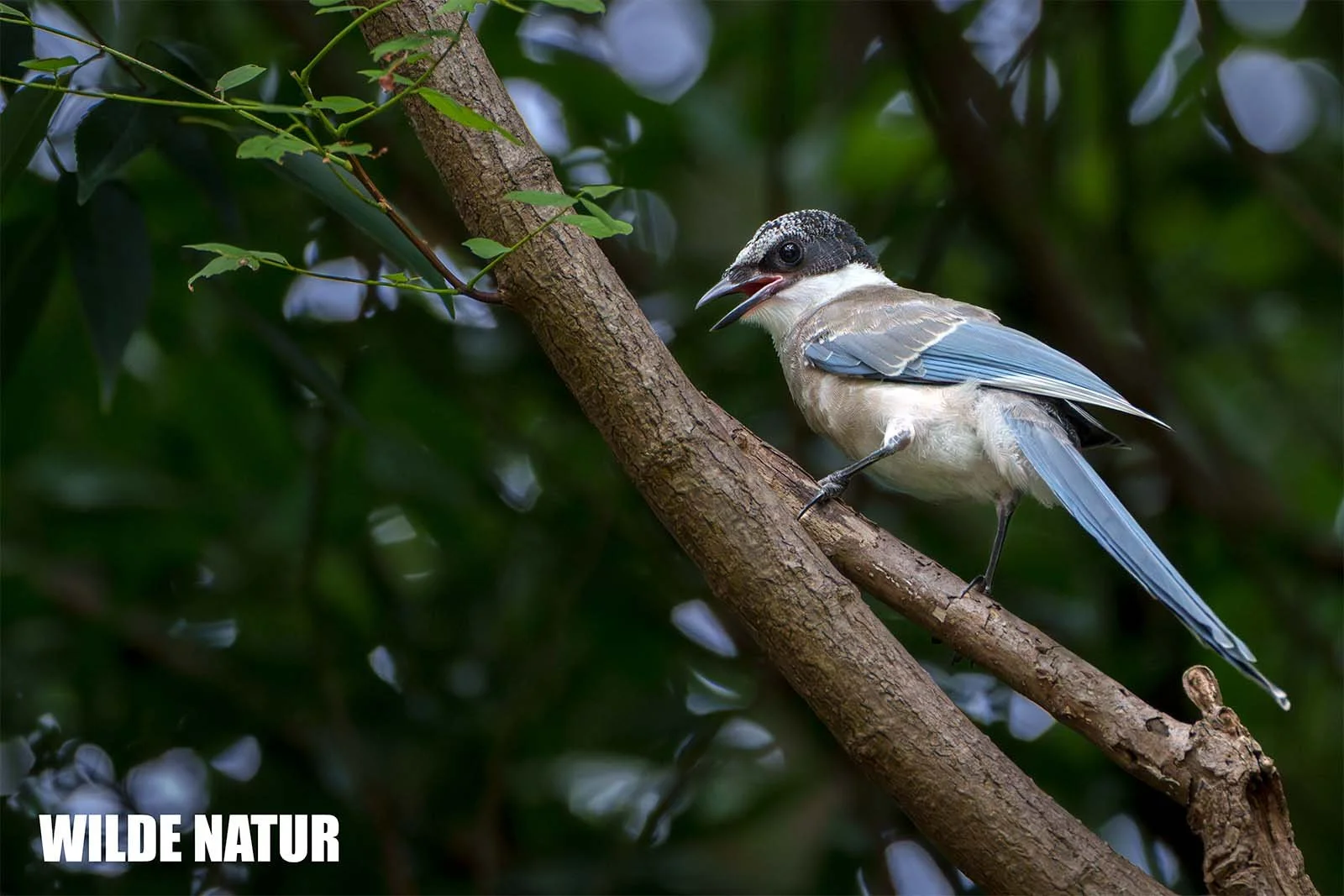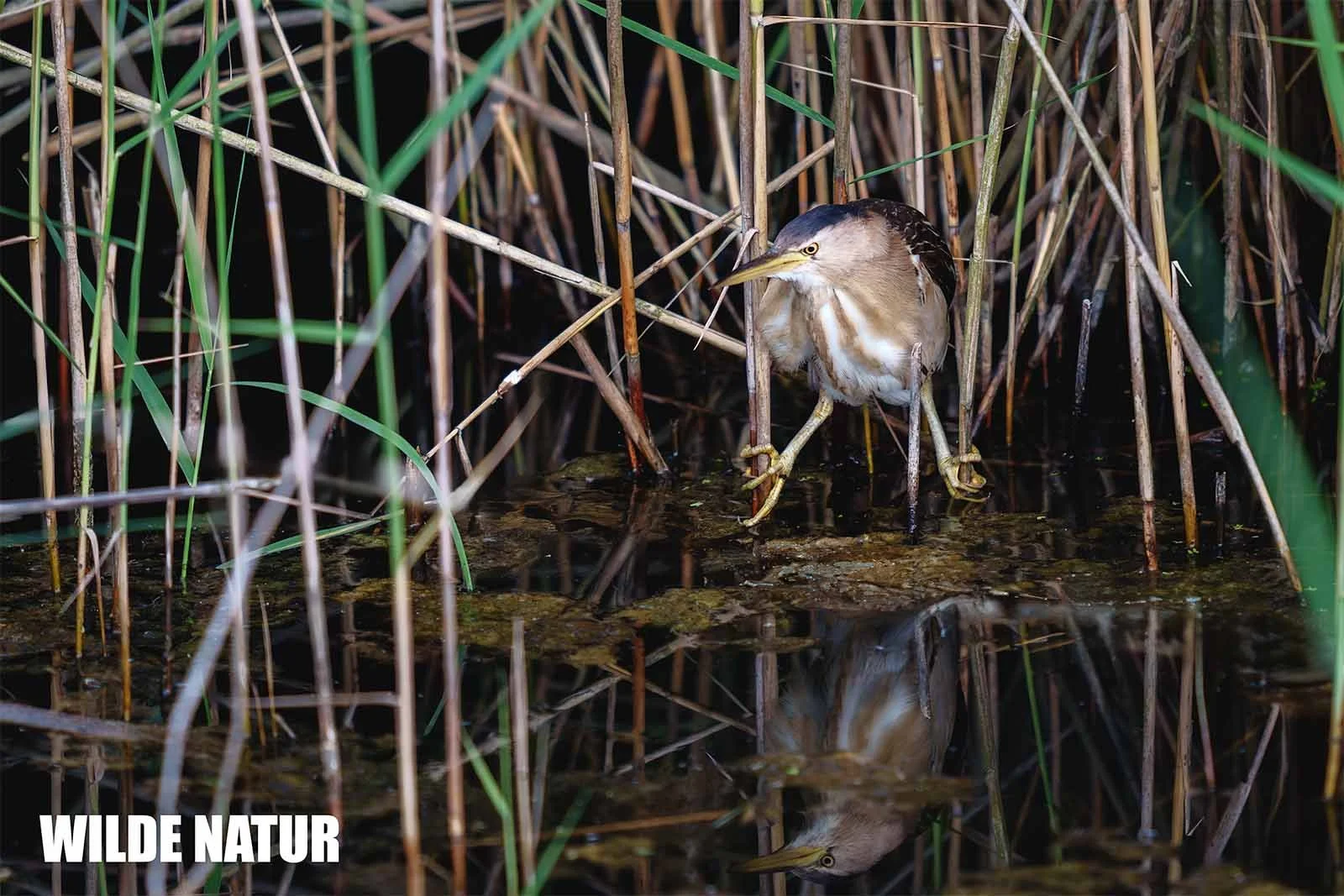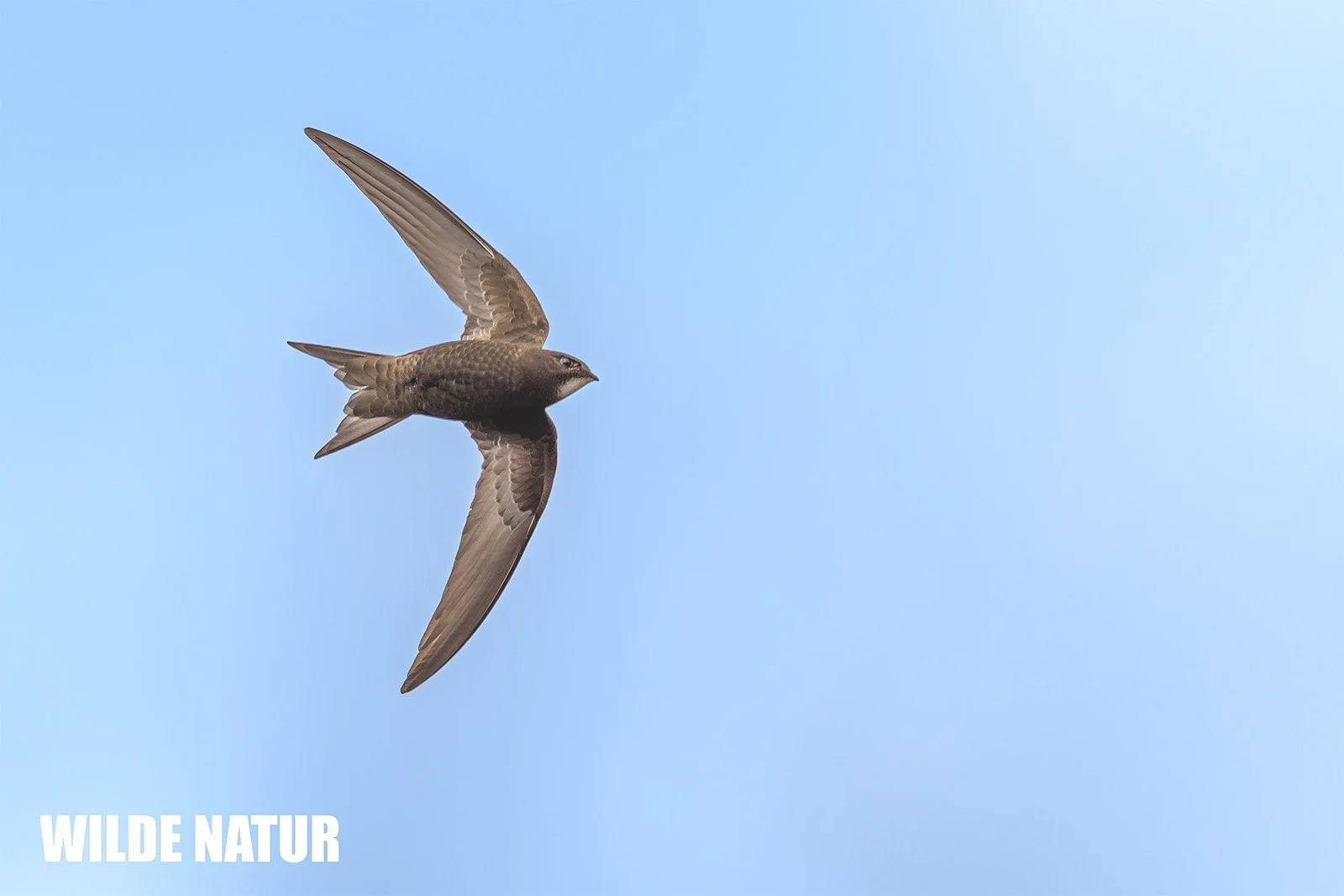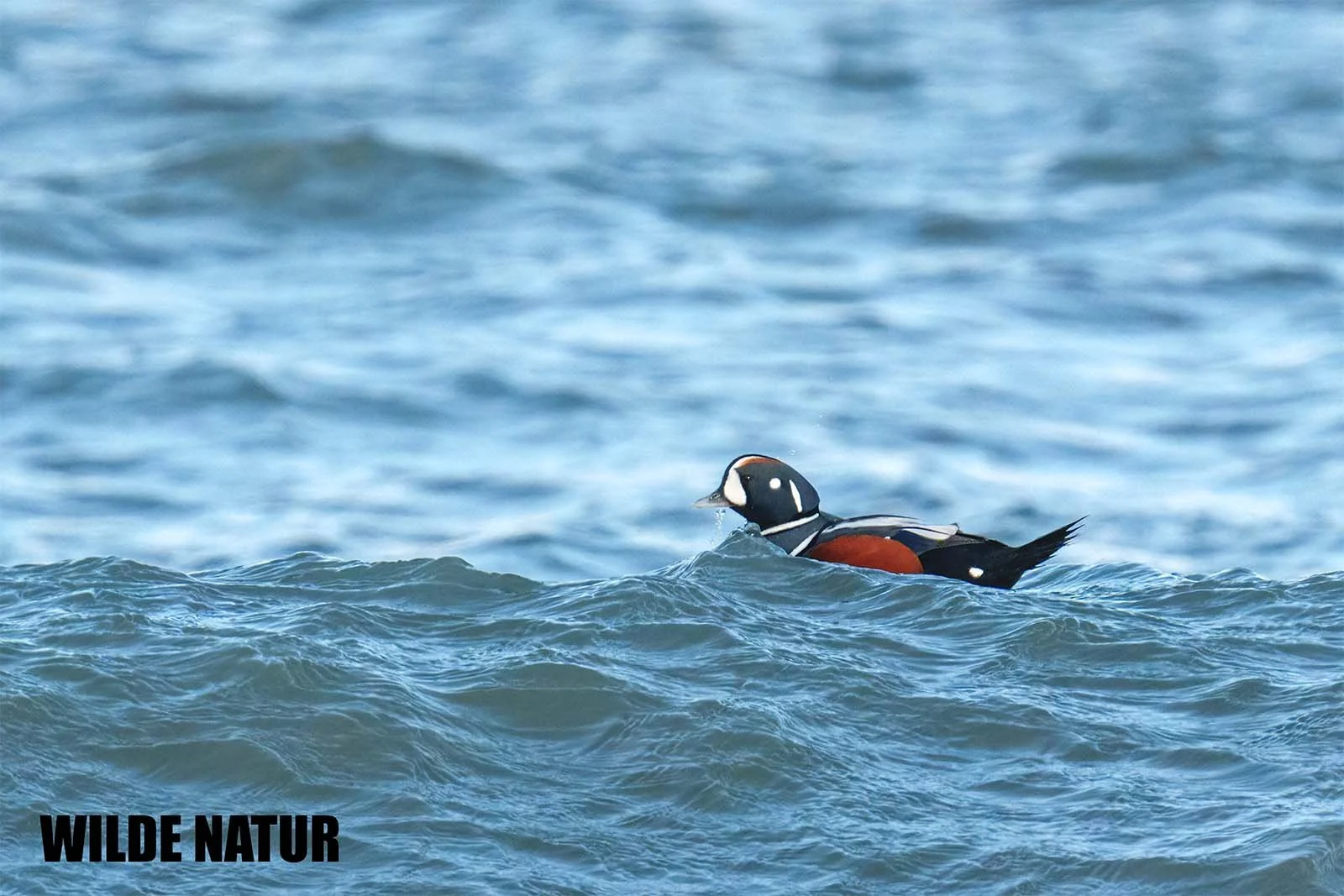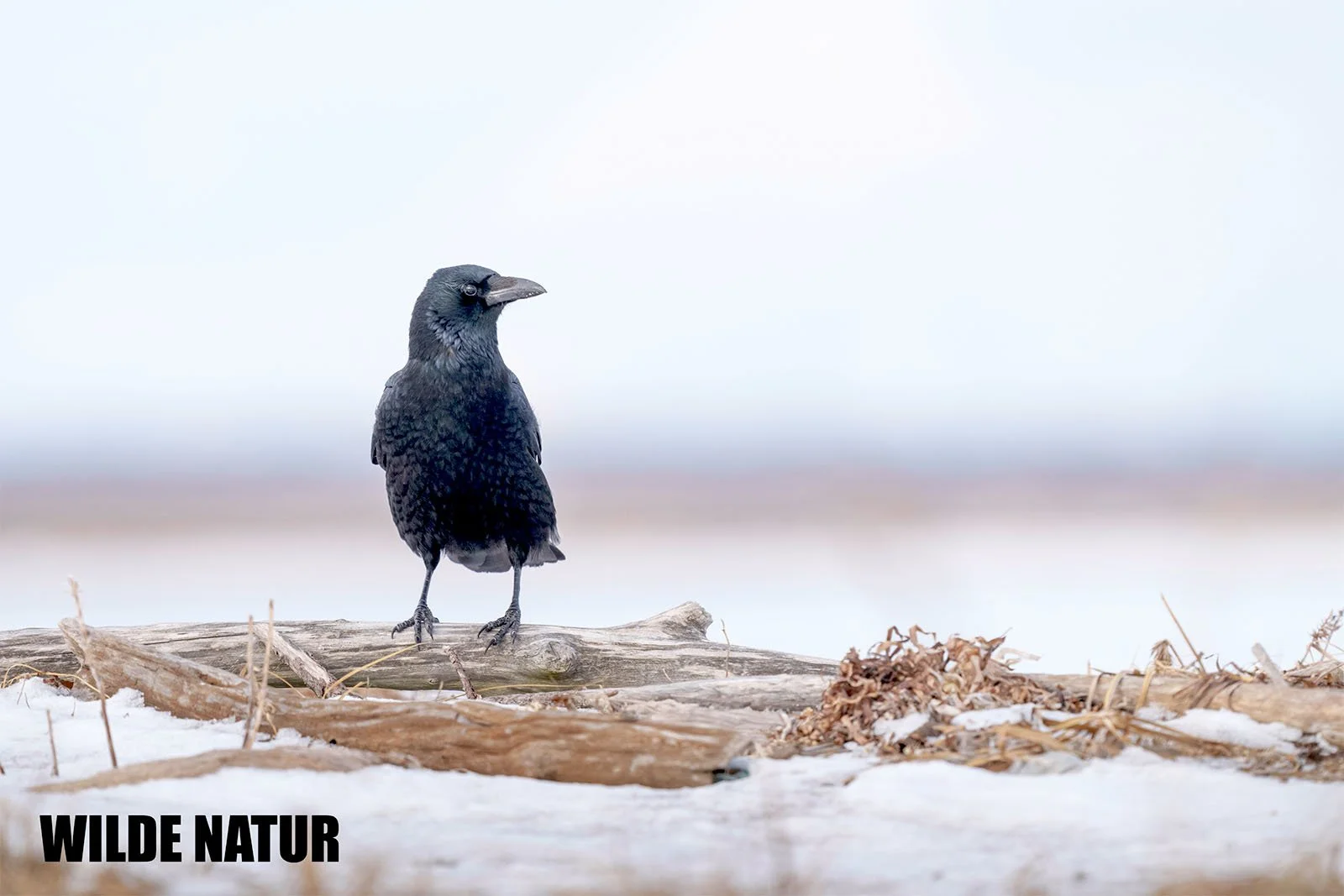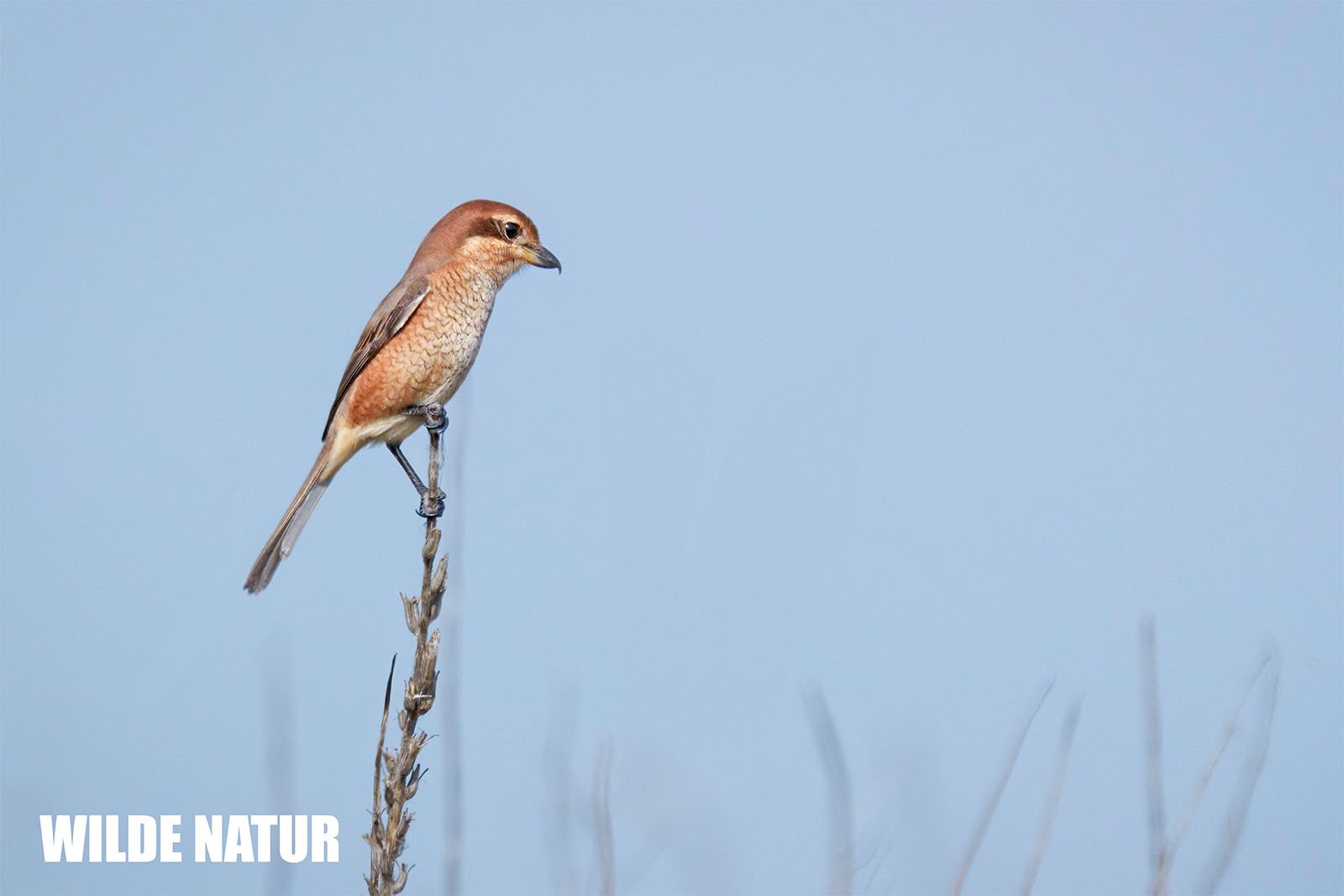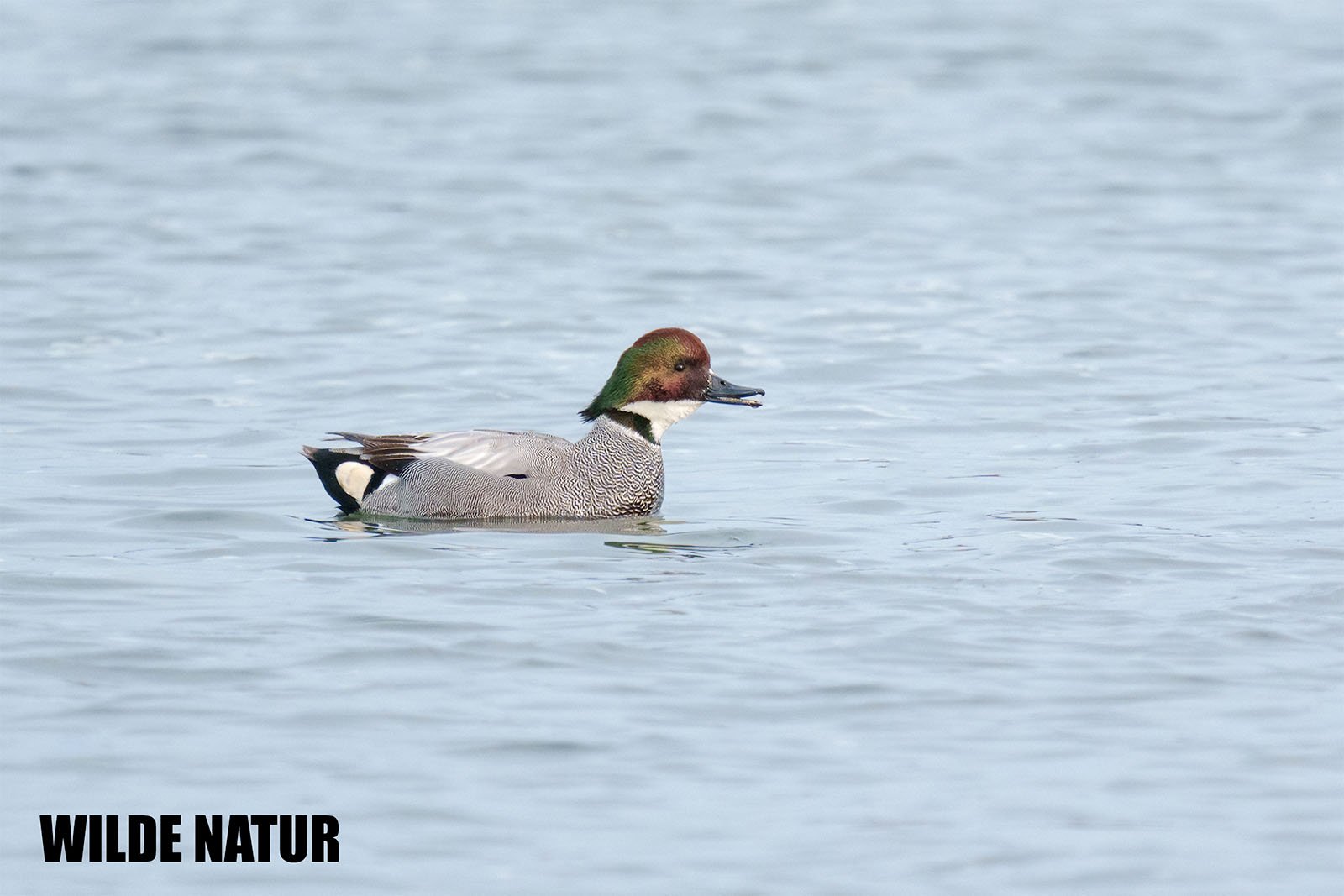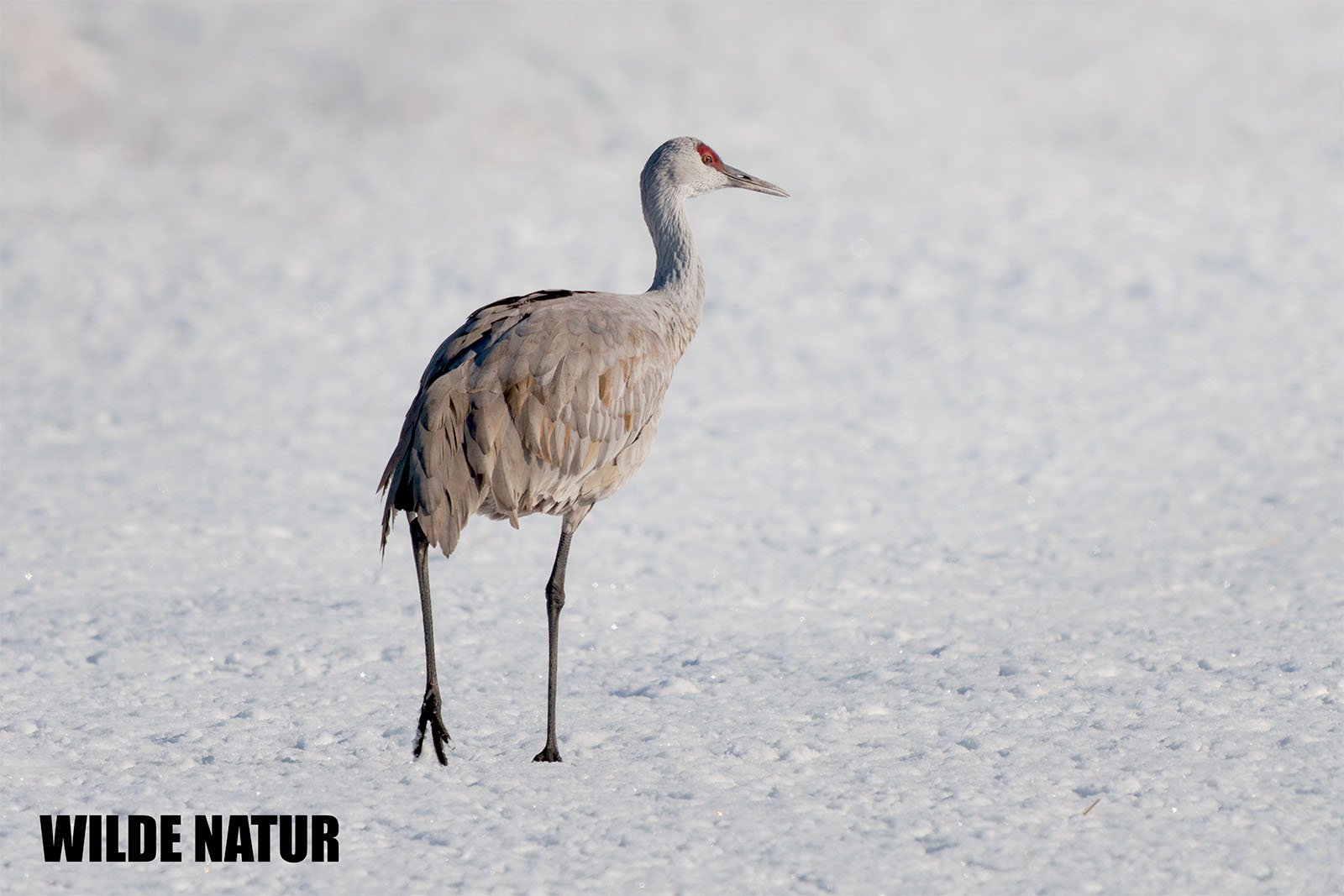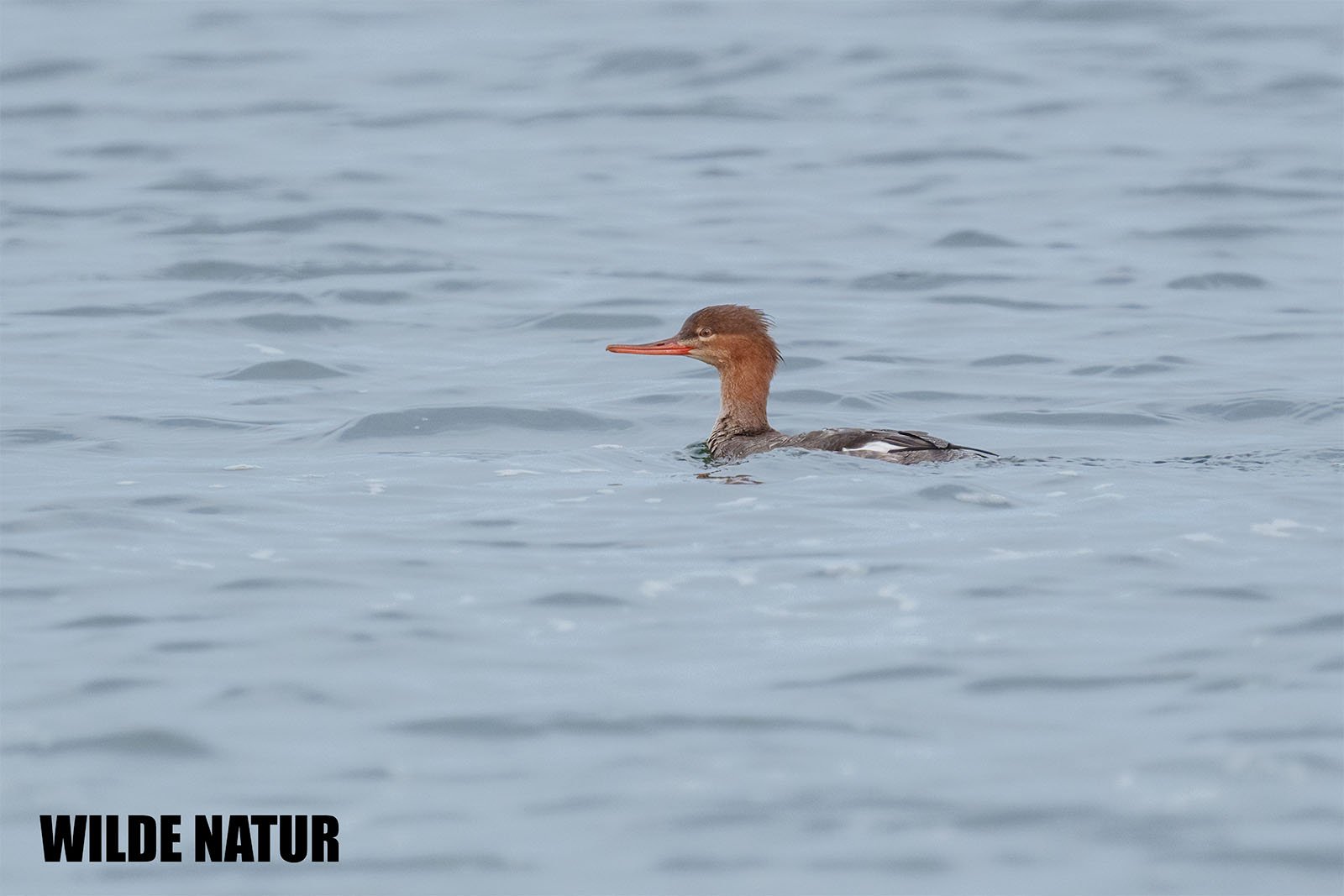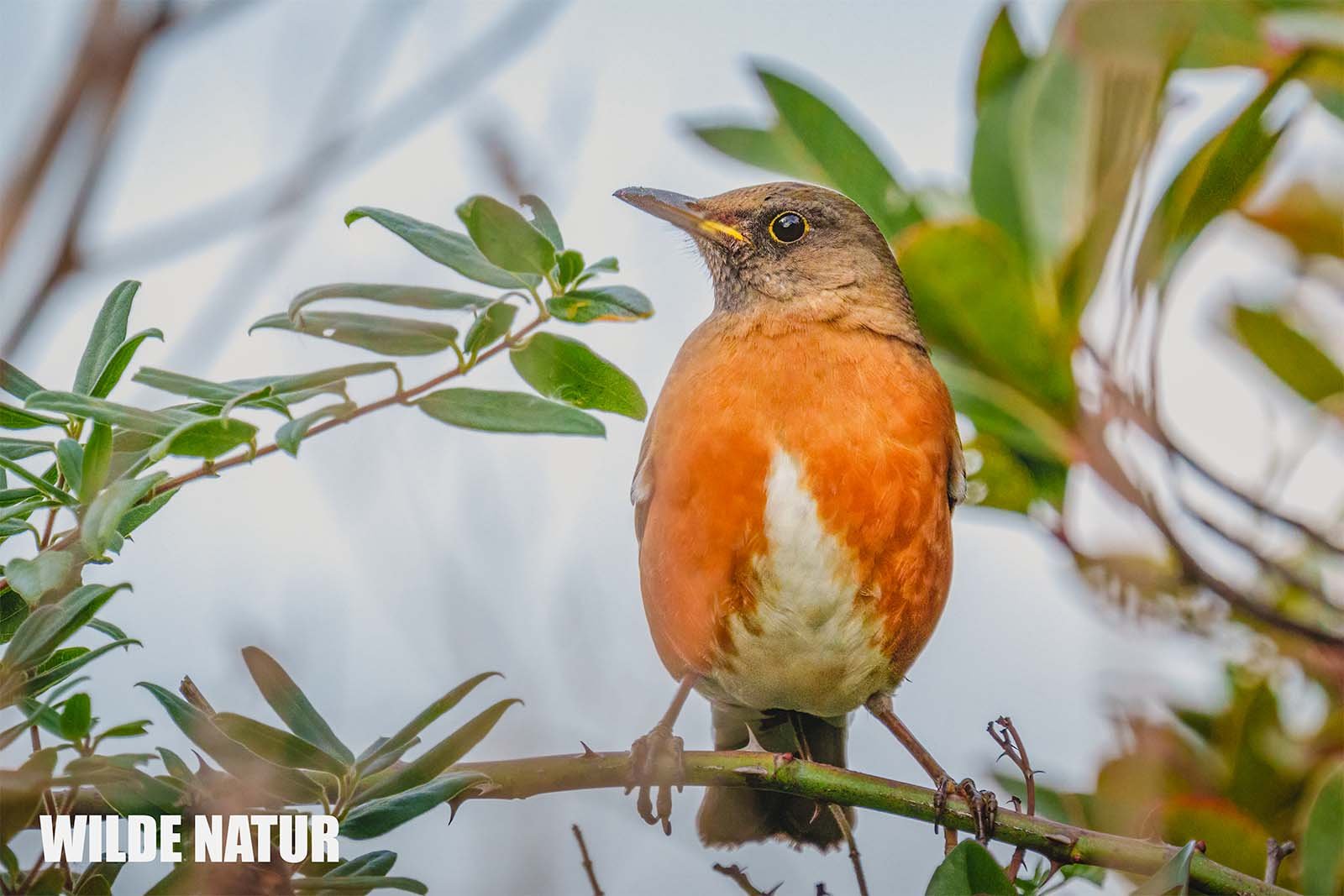Brent Goose (Branta bernicla)
Brant / Brent goose (Branta bernicla)
Brent Goose – A Quiet Guest Along Japan’s Coasts
The Brent Goose (Branta bernicla) impresses with its striking black-and-white appearance and calm demeanor as a winter visitor along Japan’s coastlines.
Shortlist
Compact sea goose with a distinctive white "neck ring"
Winters in Japan, mainly on Hokkaidō and northern Honshū
Feeds on eelgrass and marine algae
Long-distance migrant from Arctic breeding grounds
Sensitive to disturbance, locally stable but globally variable in trend
Scientific Name: Branta bernicla
Common Name (DE): Ringelgans
Common Name (EN): Brent Goose
Size: 55–65 cm
Weight: 1,000–1,600 g
Plumage: Dark brown body, black neck and head, white “open ring” on the neck
Bill: Short, black
Diet: Eelgrass, algae, salt-tolerant plants, rice stubble
Breeding: Not in Japan; 3–6 eggs in Arctic regions
Season in Japan: October–March/April
Habitat: Coastal flats, estuaries, tidal wetlands
Migration: Long-distance migrant
Conservation Status: Stable in Japan, globally variable
Table of Contents
Introduction
As a quiet visitor to Japan’s winter coasts, the Brent Goose draws attention with its dark plumage and distinctive white neck patch. Its presence in the calm bays of Hokkaidō and northern Honshū adds a unique note to the colder months.
Appearance – A White Ring on Winter Plumage
- Size: 55–65 cm
- Weight: 1,000–1,600 g
- Plumage Details:
- A striking feature of the Brent Goose is the white, crescent-shaped patch on either side of its black neck, giving it its name.
- Body mostly dark brown to black-brown
- Underside paler, white under-tail coverts
- Bill: Short, black
- In Flight: Compact profile, steady wingbeat, often flying in tight V-formations
Habitat – Between Tidal Flats and Seagrass Meadows
The Brent Goose is a typical winter migrant in Japan:
Season: October to March/April
Distribution:
- Common along the coasts of Hokkaidō and northern Honshū
- Rare inland
Preferred Habitats:
- Prefers shallow coastal regions rich in eelgrass and algae, particularly in Hokkaidō and northern Honshū
Diet – A Specialist in Coastal Greens
The Brent Goose primarily feeds on marine plants, especially eelgrass (Zostera) and algae, which are abundant in Japan’s shallow coastal waters.
Additional Food Sources:
- Occasionally rice stubble and other field residues
Foraging Behavior:
- Grazes in shallow water or on exposed tidal flats
- Moves slowly, often in small flocks
- Regular neck-bending and dipping while feeding
Breeding – Far in the Northern Arctic
Breeding takes place far from Japan, in Arctic tundra zones:
- Region: Siberia, Alaska, northern Canada
- Season: June to August
- Nesting Site:
- On tundra hills or small islands
- Areas with open views and low vegetation
- Clutch Size: 3–6 eggs
- Parental Care: Both adults care for the young and guide them during migration
Migration – From Arctic Tundra to Japanese Shores
- Type: Long-distance migrant
- Route: Along the Pacific Flyway from Siberia to Japan
- Arrival: October/November
- Departure: March/April
- Where to See Them:
- Especially along the Sea of Japan coast and in sheltered bays of Hokkaidō
Conservation – Quiet Yet Worth Protecting
In Japan:
- Not endangered, but locally sensitive to disturbance
- Protected areas in key overwintering zones
Global Trends:
- Populations vary; some declines in parts of the range
- IUCN status differs by subspecies
Threats:
- Loss of eelgrass beds and salt marshes
- Climate change impacts in breeding grounds
- Human disturbance at feeding and roosting sites
Visual Description – For People with Low Vision
The Brent Goose features a dark body, beautifully offset by a white patch on each side of its black neck. This crescent-shaped "ring" stands out like a snow collar.
It floats low in the water, gliding calmly alongside companions. During feeding, it bends its neck repeatedly, picking through eelgrass with slow, rhythmic motion.
In flight, the goose appears compact and silent, flying in tight formation with others—its quiet presence contributing to the winter landscape of Japan’s coasts.
Conclusion – A Quiet Ambassador of the Arctic
Though quiet in nature, the Brent Goose plays an essential role in Japan’s coastal winter ecosystem. It symbolizes the enduring connection between the Arctic’s wild breeding grounds and the peaceful overwintering shores of East Asia.



